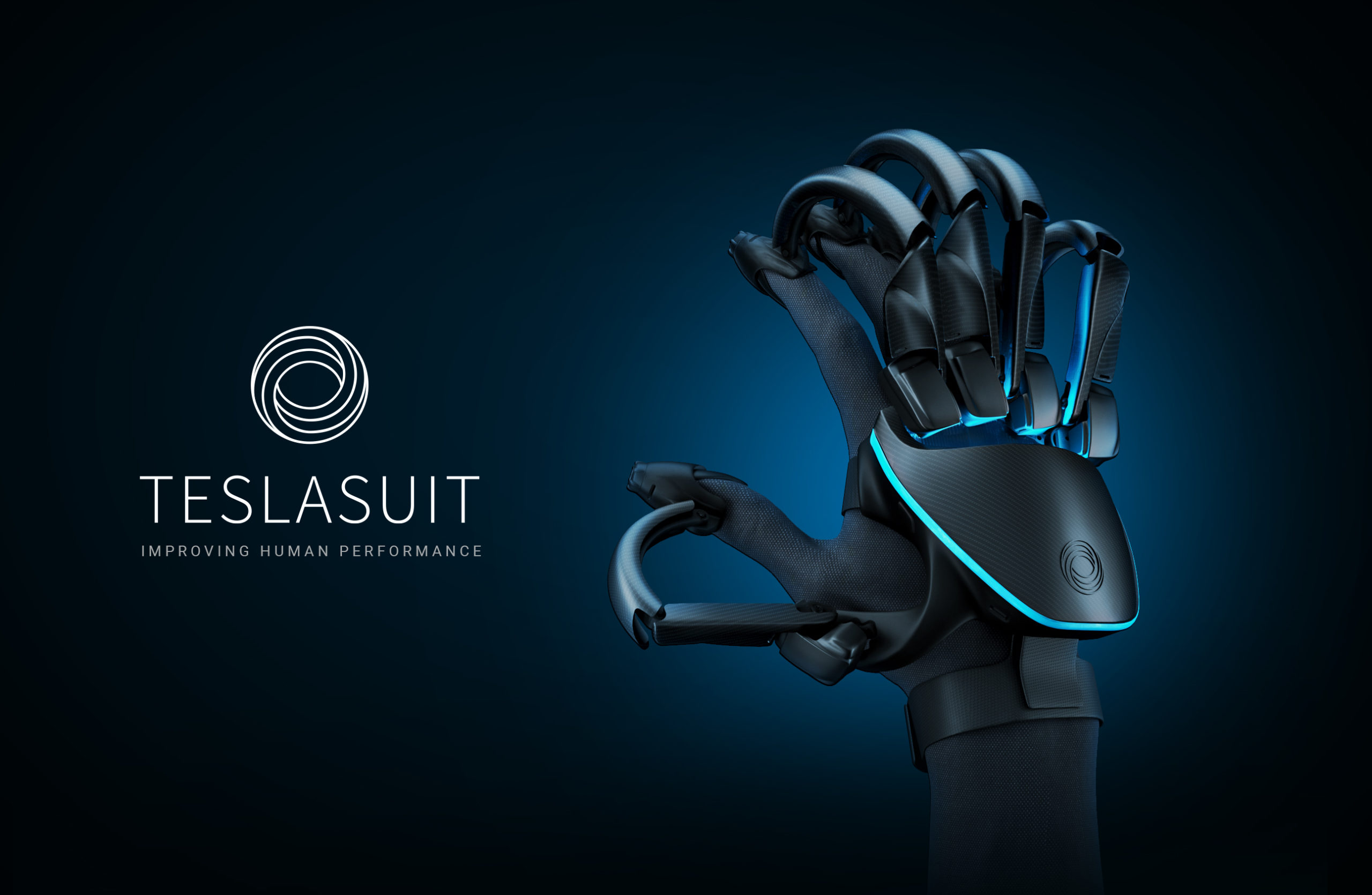OSU Study Shows How to Reduce Physical Risk in VR
A recent study from Oregon State University (OSU) assessed how some common virtual reality movements contribute to muscle strain and discomfort. It’s an effort to ensure future user safety in this fast-growing technology that is used not only for gaming, but also increasingly for education and industrial training. Image credit: Oregon State University “There are no standards and guidelines for virtual and augmented reality interactions,” said researcher Jay Kim of OSU’S College of Public Health and Human Sciences. “We wanted to evaluate the effects of the target distances, locations and sizes so we can better design these interfaces to reduce the risk for potential musculoskeletal injuries.” The study was published recently in Applied Ergonomics with Northern Illinois University co-authors Sai Akhil Penumudi, Veera Aneesh Kuppam and Jaejin Hwang. Virtual reality users wear a headset and engage in full-body, three-dimensional movements – unlike conventional computer users, where a desk or the arms of a chair offer some level of support for the hands and arms. With sensors placed on participants’ joints and muscles, researchers used motion capture to record their movements and electromyography to measure electrical activity in their muscles while performing common VR gestures. Wearing an Oculus Rift [...]

